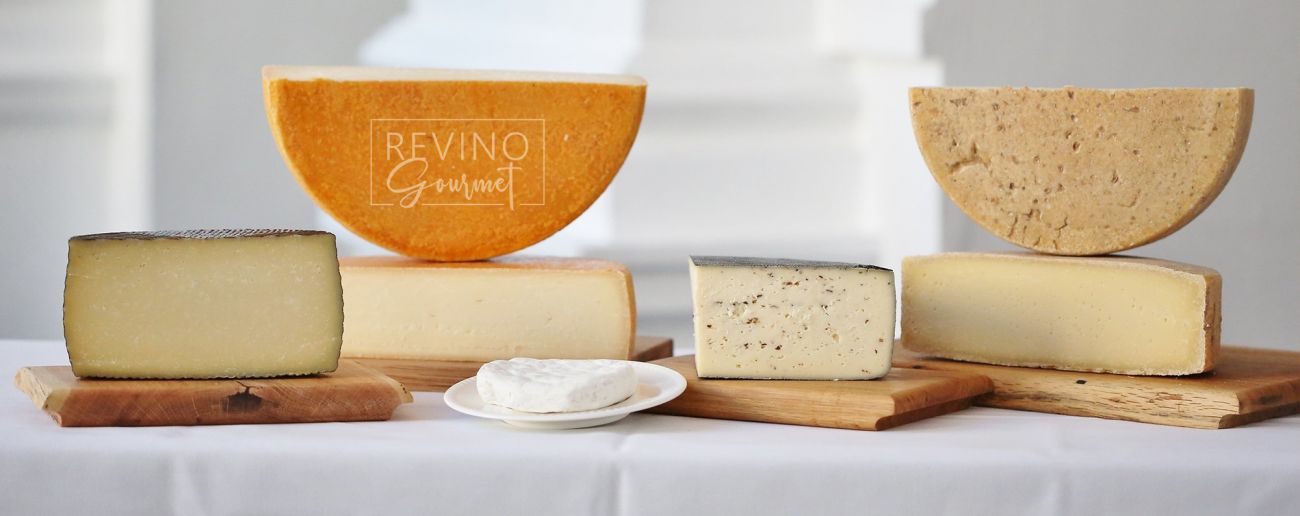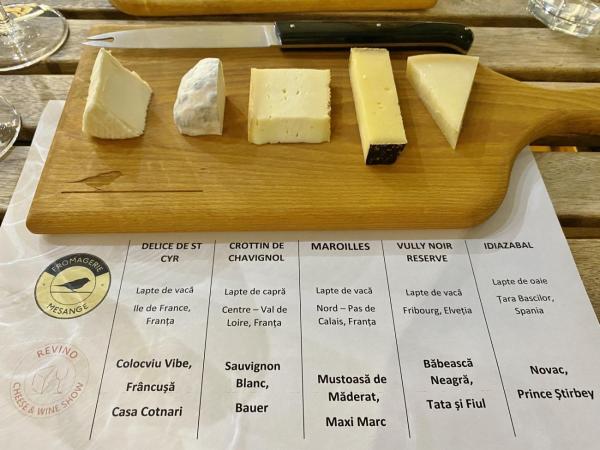Cheese plays an important role in almost all the cuisines of the world. It’s a complex food, but also a personal experience.
For optimum tasting, there are a few basic rules:
- Don’t try to taste too many different cheeses. Experts recommend five or six types in one sitting.
- Tasting should take place at ambient temperatures of about 20°C. Cheeses should be taken out of the refrigerator about an hour before serving.
- Cheeses should be sliced as close as possible to tasting time to help them retain their aromas.
- To get a better sense of the aromas, break the cheese and smell the inside.
- Cheese should never be tasted on an empty stomach.
- Eat a slice of bread or apple between two types of cheese to clean the palate and prepare it for the new flavors.
- The tasting room should be bright to set off the colour and texture of the cheese, and well ventilated to eliminate other foreign smells.
- Avoid eating strong or spicy foods prior to and during tasting, as this can overwork the taste buds.
Aside from these basic rules, the cutting surfaces and utensils, as well as the serving order, all affect the tasting process.

Cutting surfaces
Wooden cheeseboards are ideal, but we can also use glass, marble or ceramic boards. The use of plastic or metal utensils is not recommended, except for knives.
Knives
When cutting cheeses with different flavours, it is better to use different knives so that the flavours do not mix.
Cutting is based on shape and texture.
Round or square cheeses are cut into triangular slices, starting from the centre, as if you were slicing a pie. Cylindrical and long cheeses should be cut into coin-shaped slices. If they are large enough, they can be cut, in turn, into triangular slices. Small cheeses are cut in half or into quarters. Blue cheeses must be sliced to maintain a similar mould-cheese ratio per slice. Find out more about cutting here.
.jpg)
The order of cheeses for tasting
The order in which cheeses are tasted should be based on taste, aroma and ripening period.
Start with the soft, fresh and young or immature cheeses, with a delicate taste, and gradually move to the strong, mature cheeses with powerful aromas.
- fresh cheeses
- soft and delicate cheeses
- soft cheese with bloomy rind
- semi-hard cheeses
- strong cheeses
- blue cheeses
- smoked cheeses
You can reverse the order of the last two types of cheese depending on their intensity.
Arranging the cheese on plates
There are a few basic rules when it comes to setting out the cheese:
• cut it into different shapes to avoid confusion
• the pieces must be small so that the tasters do not become full, about 15 g / assortment
• cheeses should not be touching each other
It is advisable to label the types of cheese to be tasted, and even put the packaging next to each type of cheese.
Cheeses have seven types of smell: lactic, floral, herbal, fruity, nutty, earthy, spicy.
_____
Alina Iancu
27/09/2019






.jpg)








